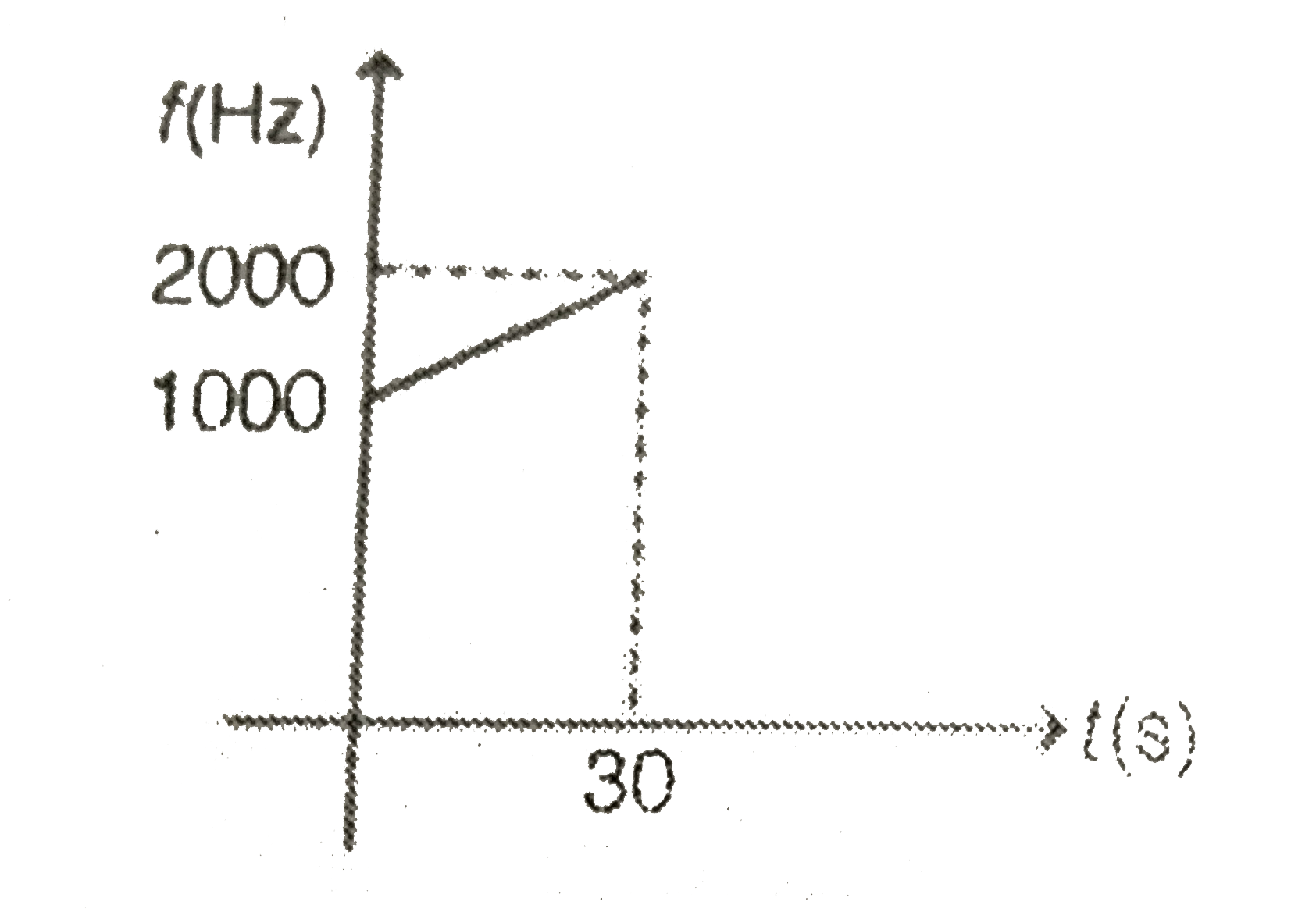The purpose of a detector at the receiving end is
to amplify signal
to reduce its frequency level
to modulate signal
to demodulate signal
The correct Answer is:D
Step-by-Step Solution:
1. Understanding the Role of the Detector:
The detector is a crucial component in a communication system, particularly at the receiving end. Its primary function is to process the received signals.
2. Modulation and Demodulation:
In communication systems, modulation is the process where the original low-frequency signal is superimposed onto a high-frequency carrier wave. This is done by the transmitter. Conversely, demodulation is the process of extracting the original signal from the modulated carrier wave at the receiver.
3. Function of the Detector:
The detector's main role is to demodulate the incoming signal. This means it removes the carrier wave that was added during modulation and retrieves the original low-frequency signal that was transmitted.
4. Clarifying Misconceptions:
- The detector does not amplify the signal; amplification is typically handled by other components in the receiver.
- The detector does not reduce the frequency level; it simply extracts the original signal.
- The detector does not modulate the signal; modulation is performed by the transmitter.
5. Conclusion:
Therefore, the purpose of the detector at the receiving end is to demodulate the signal, allowing the receiver to recover the original information that was sent.
Final Answer:
The purpose of a detector at the receiving end is to demodulate the signal.
---
The detector is a crucial component in a communication system, particularly at the receiving end. Its primary function is to process the received signals.
In communication systems, modulation is the process where the original low-frequency signal is superimposed onto a high-frequency carrier wave. This is done by the transmitter. Conversely, demodulation is the process of extracting the original signal from the modulated carrier wave at the receiver.
The detector's main role is to demodulate the incoming signal. This means it removes the carrier wave that was added during modulation and retrieves the original low-frequency signal that was transmitted.
- The detector does not amplify the signal; amplification is typically handled by other components in the receiver.
- The detector does not reduce the frequency level; it simply extracts the original signal.
- The detector does not modulate the signal; modulation is performed by the transmitter.
Therefore, the purpose of the detector at the receiving end is to demodulate the signal, allowing the receiver to recover the original information that was sent.
The purpose of a detector at the receiving end is to demodulate the signal.
Topper's Solved these Questions
- COMMUNICATION SYSTEM BOOK - DISHA PUBLICATIONCHAPTER - COMMUNICATION SYSTEM EXERCISE - EXERCISE-2 : Concept Applicator
30 Videos
- COMMUNICATION SYSTEM BOOK - DISHA PUBLICATIONCHAPTER - COMMUNICATION SYSTEM EXERCISE - EXERCISE-2 : Concept Applicator
30 Videos
- CHAPTERWISE NUMERIC /INTEGER ANSWER QUESTIONSBOOK - DISHA PUBLICATIONCHAPTER - CHAPTERWISE NUMERIC /INTEGER ANSWER QUESTIONSEXERCISE - CHAPTER 29 : (COMMUNICATION SYSTEMS)
15 Videos
- CONCEPT BUILDERBOOK - DISHA PUBLICATIONCHAPTER - CONCEPT BUILDEREXERCISE - Exercise-2 Concept Applicator
27 Videos
Similar Questions
Knowledge Check
The purpose of a PCR is
Aamplification of geneBcutting of DNACmaking a copy of mRNADfind a particular geneThe purpose of electrophoresis is
Aseparate DNA fragmentBamplify a geneCcutting of vectorDjoin DNA fragmentsThe purpose of invitation is to
AScold,BInvite,CPraise,DPlay
The purpose of invitation is to
View SolutionThe purpose of lnvitation is to-
View SolutionThe purpose of roasting an ore is:
View SolutionThe figure shows the location of a source and detector at time t = 0. The source and detector are moving with velocities vs=5ˆims−1andvD=10ˆjms−1 respectively . The frequency of signals received by the detector at the moment when the source cros the origin is (the frequency of the source is 100 Hz . Velocity bof sound 330ms−1 .)

View SolutionA detector is released from rest over a source of sound of frequency f0=103Hz. The frequency observed by the detector at time t is plotted in the graph. The speed of sound in air is (g=10m/s2)

View Solution
